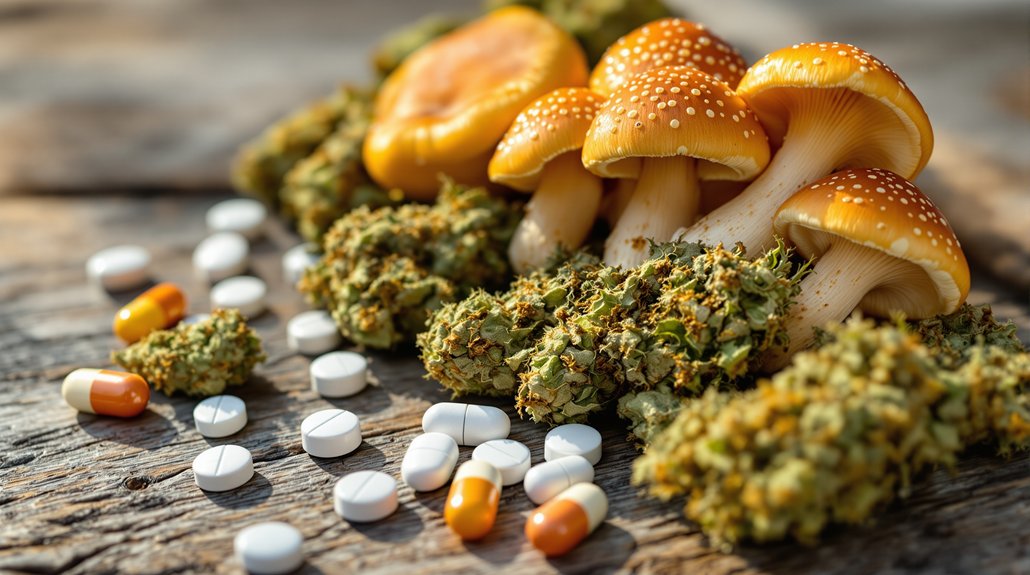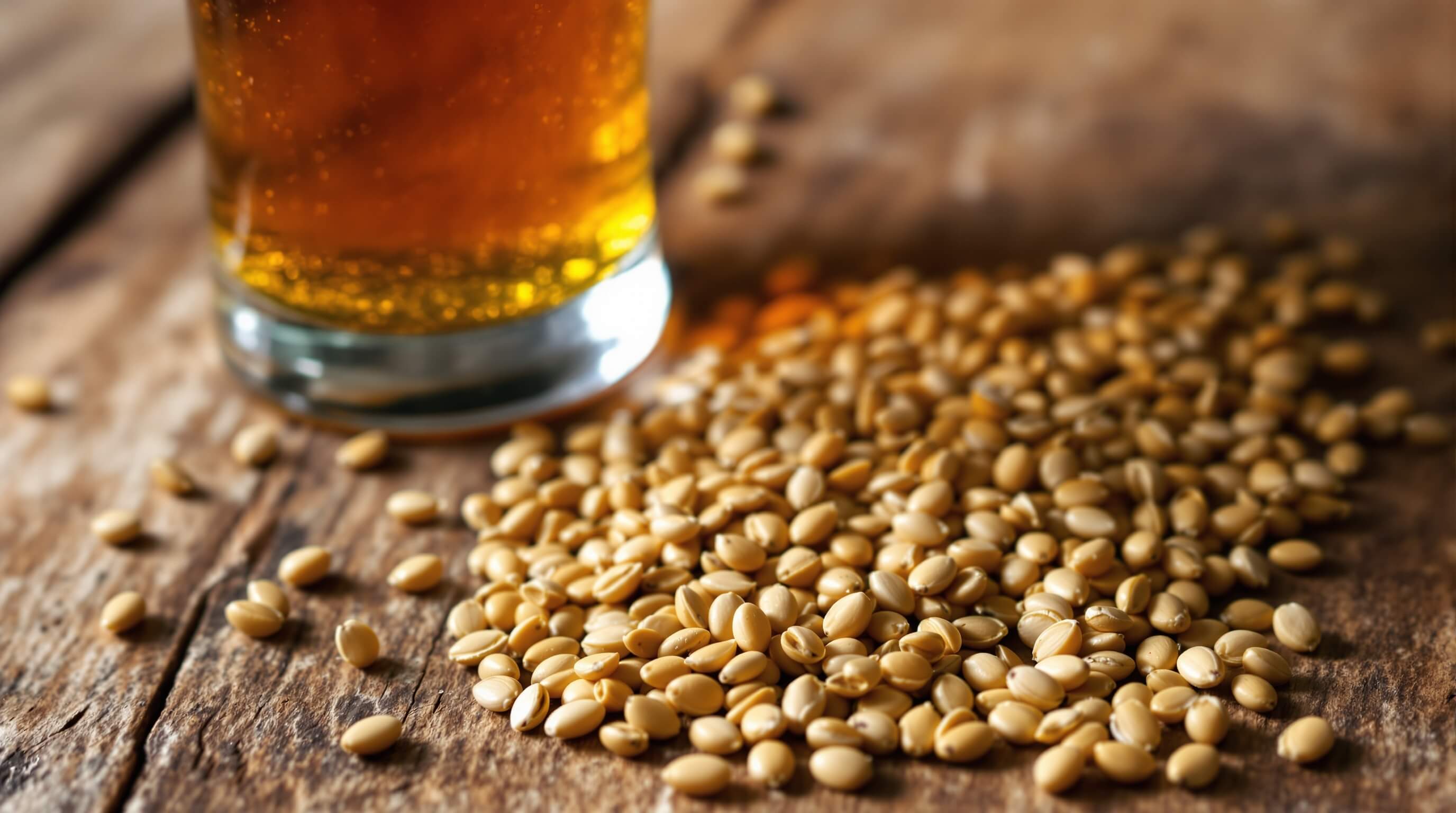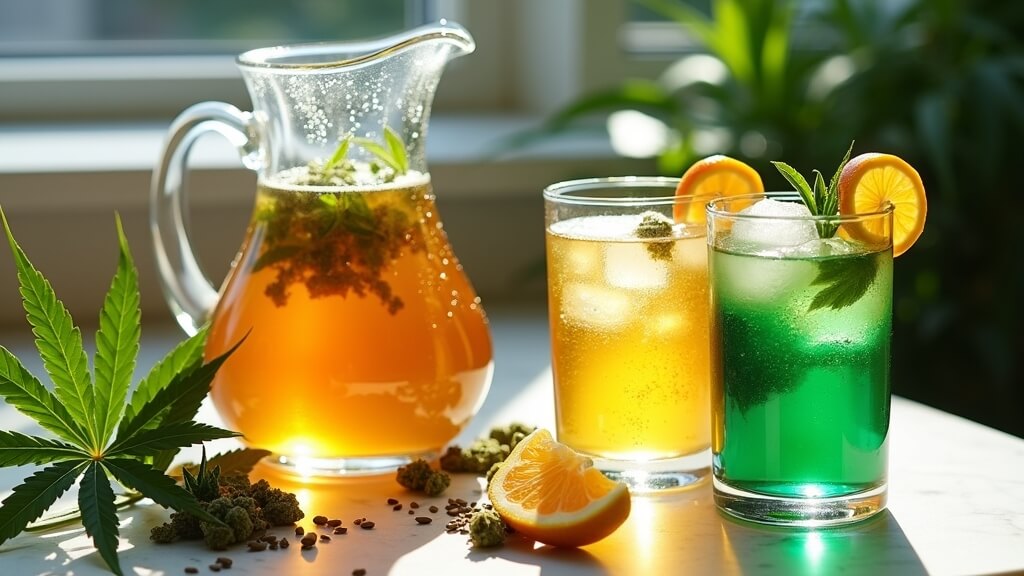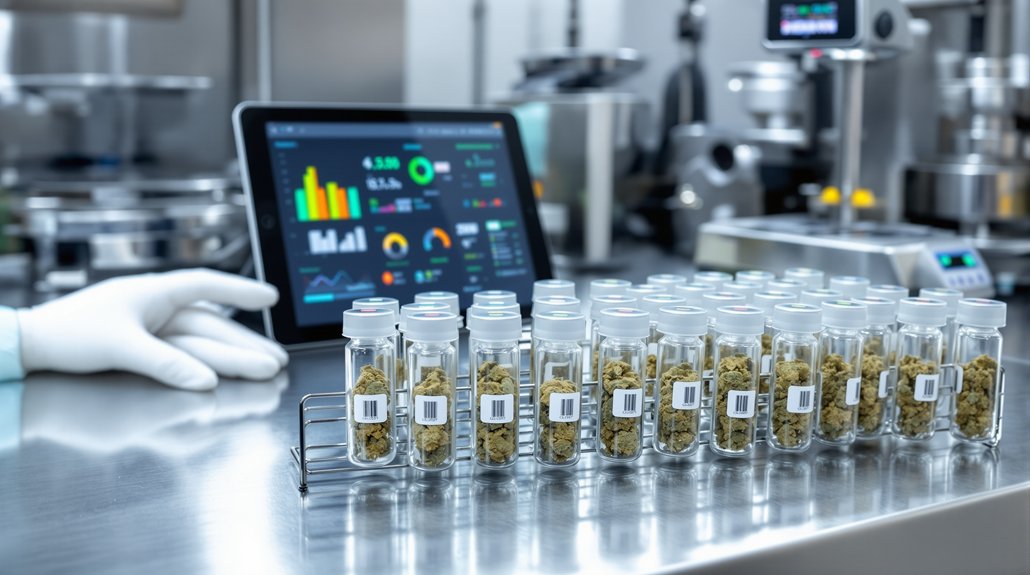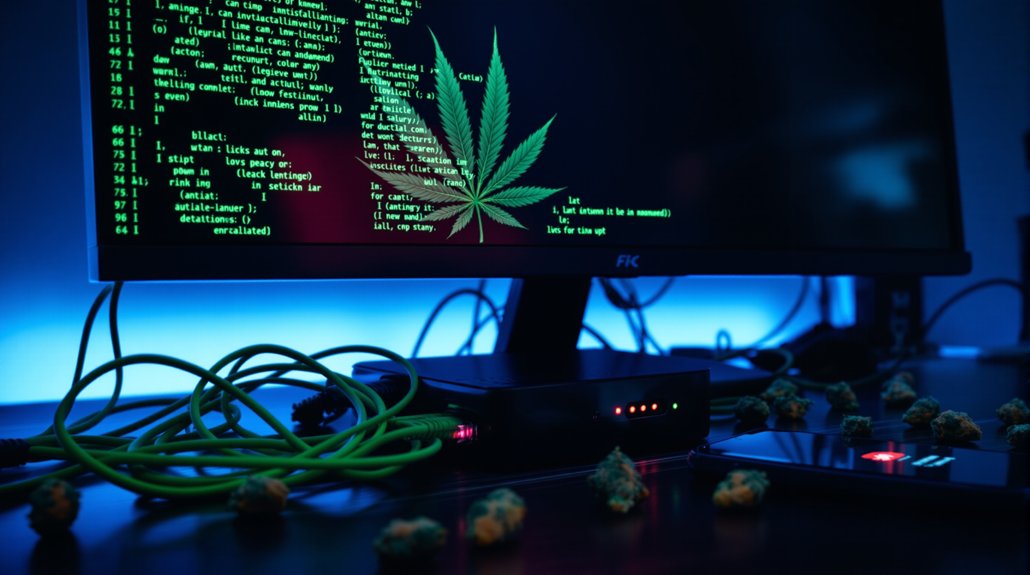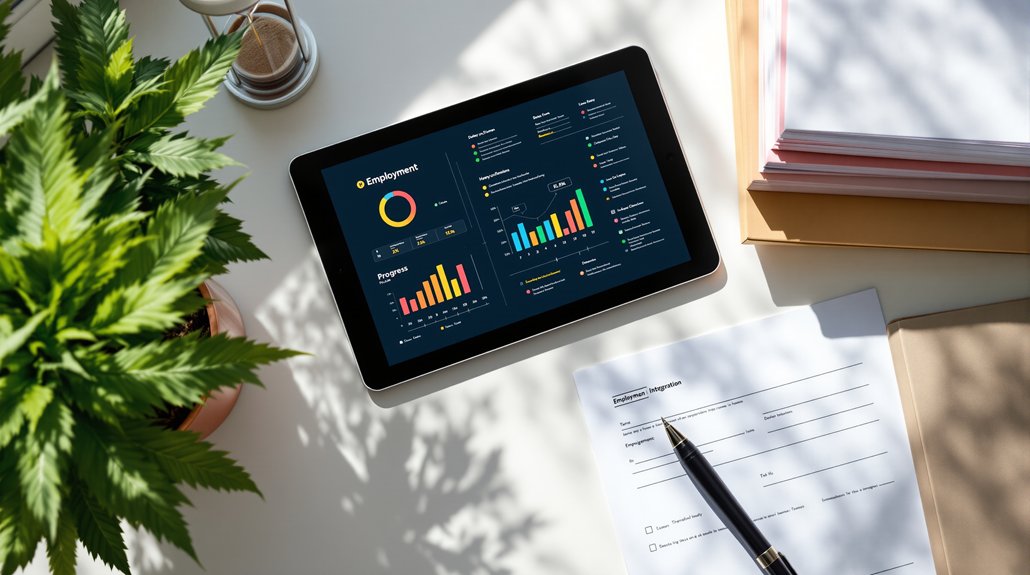As cannabis beverages gain mainstream acceptance across North America and Europe, the traditional alcohol industry faces an unprecedented challenge from a rapidly expanding market projected to reach $3.1 billion by 2030. The cannabis beverage sector, valued at $1.3 billion in 2024, is experiencing explosive growth with a compound annual growth rate of 16.3%, forcing established alcohol companies to reconsider their market strategies.
Major spirit and beer manufacturers are scrambling to adapt as cannabis drinks increasingly substitute for traditional alcoholic beverages at social gatherings and events. The threat becomes more pronounced as these alternative beverages target the same occasions where alcohol has historically dominated, particularly among younger consumers who view cannabis products as wellness-oriented alternatives to traditional drinks.
Millennials and Generation Z consumers are driving this transformation, abandoning conventional smoking methods for discreet, convenient beverage formats that align with their health-conscious preferences. These demographics increasingly choose low-sugar, functional cannabis drinks over alcoholic options, creating significant pressure on traditional beverage companies to innovate or risk losing market share.
The numbers tell a compelling story of disruption. While cannabis beverages currently represent only 0.9% to 1% of total cannabis sales, projections suggest the market could explode to $24.6 billion by 2035, with a staggering 37.3% compound annual growth rate. Non-alcoholic cannabis drinks alone are forecasted to reach $2.1 billion by 2030, demonstrating the sector’s potential to reshape beverage consumption patterns. Cannabidiol (CBD) infused drinks will dominate this explosive growth, expected to capture 58.0% of the market share across all component types.
Recognizing this threat, prominent alcohol giants are investing heavily in research and development, pursuing joint ventures and acquisitions within the cannabis space. These strategic moves represent acknowledgment that cannabis beverages pose a legitimate challenge to their established market positions, particularly in the light alcoholic beverage segment.
Technological advances are accelerating this disruption. Innovations like nanoemulsion and improved extraction methods enable precise dosing and uniform THC/CBD distribution, addressing previous quality concerns that limited mainstream adoption. Product diversity is expanding rapidly, with teas, sparkling waters, flavored drinks, shots, and powdered mixes entering the market. Nanotechnology advancements are further improving bioavailability and absorption rates, making cannabis beverages more effective and appealing to consumers.
Regulatory changes across North America, Europe, and emerging global markets are removing barriers that previously limited cannabis beverage distribution. As legal frameworks expand in the United States, Canada, Mexico, and several European countries, market accessibility improves dramatically, reducing stigma and facilitating new product launches. The precise dosing capabilities of these beverages provide consumers with consistent effects lasting 4-6 hours, adding to their appeal as alcohol alternatives.
The convergence of changing consumer preferences, technological improvements, regulatory expansion, and increasing investment from established beverage companies creates a perfect storm threatening traditional alcohol dominance. As cannabis beverages continue gaining legitimacy and market penetration, alcohol companies must adapt quickly or face continued erosion of their historically secure market positions.

